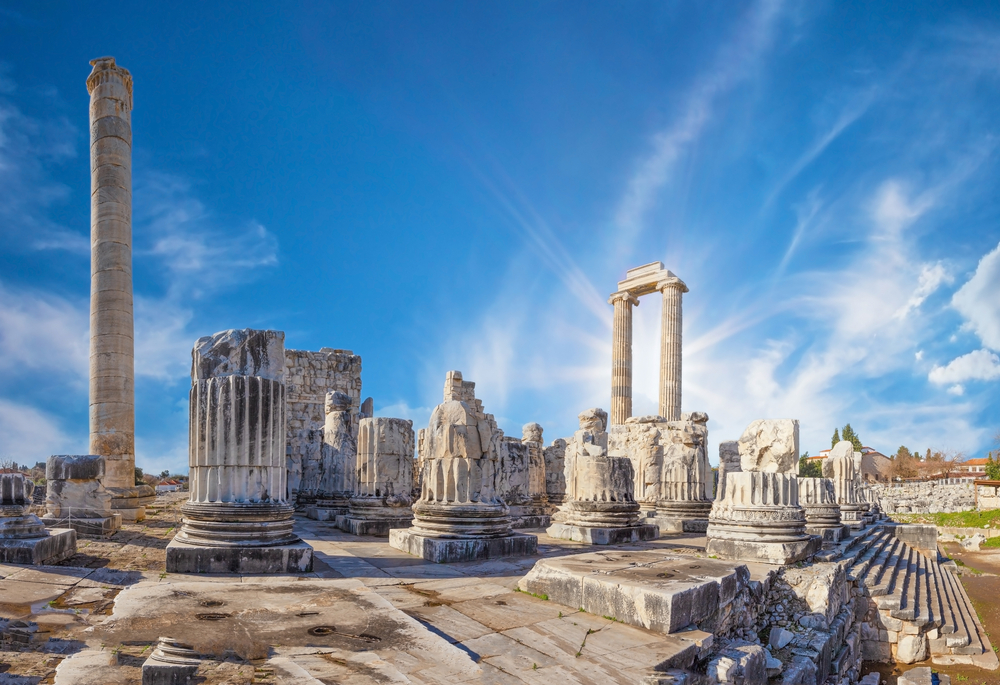Tickling Your Curiosity: Memorable and Fun History Facts

History is more than just dates, names, and events; it’s a tapestry woven with stories that shape our understanding of the world today. Learning about the past enriches our knowledge, provides context for the present, and often holds lessons for the future. However, traditional historical narratives can sometimes seem dry or overwhelming. This is where quirky and lesser-known historical facts come into play. They add a layer of fun and intrigue, making history not only more accessible but also more engaging. By uncovering these entertaining tidbits, we can pique our curiosity and uncover a more vibrant picture of bygone eras. So, let’s embark on this journey to discover some of the most memorable and fun history facts that are sure to tickle your curiosity!
Ancient Civilizations
Ancient civilizations are rife with fascinating and often surprising facts that breathe life into the stories of yesteryears. Take Ancient Egypt, for instance—a land of pharaohs and pyramids. Did you know that Cleopatra, the last active ruler of the Ptolemaic Kingdom of Egypt, lived closer in time to the moon landing in 1969 than to the construction of the Great Pyramid of Giza? This mind-bending fact reorients our perspective on historical timelines, emphasizing just how ancient these structures truly are. Shifting our gaze to Ancient Rome, we uncover details about daily life that are equally intriguing.
Romans famously used urine as a cleaning agent due to its ammonia content, which served as an effective stain remover. This practice might seem bizarre to us today, but it was a common and practical solution in a time before modern detergents. These quirky glimpses into the past remind us that our ancestors’ lives were both different and unexpectedly resourceful.
Medieval Times
The medieval period is often romanticized, but a closer look reveals some truly unusual aspects, especially concerning hygiene practices and entertainment. Contrary to popular belief, medieval people did bathe, but not as frequently or comprehensively as modern standards dictate. Public bathhouses were common in the early medieval period, but by the later Middle Ages, they had largely disappeared due to fears of disease.
People used scented herbs and flowers to mask odors, and a mix of ashes and urine was sometimes employed for laundry, not unlike the Romans. On the lighter side, medieval entertainment was vibrant and colorful, with festivals like May Day and the Feast of Fools offering a chance for communities to engage in merriment and humor.
Jesters, known for their sharp wit and amusing antics, entertained everyone from peasants to kings. These glimpses into medieval life showcase a world that balanced practicality with a zest for communal celebration.
The Renaissance Period
The Renaissance was a time of remarkable creativity and discovery, marked by inventions and individuals who pushed the boundaries of art and science in surprising ways. Among the era’s notable figures was Leonardo da Vinci, whose innovative mind conceived various quirky inventions that were centuries ahead of their time. His designs included an early conceptualization of a flying machine, known as the ornithopter, which mimicked the flapping wings of a bird.
While it never took flight, it laid the groundwork for future aeronautical advancements. The Renaissance also boasted odd historical figures like Paracelsus, a Swiss physician and alchemist who made significant contributions to medicine by challenging the conventional medical practices of his time.
Paracelsus promoted the use of chemicals and minerals in treatments, paving the way for modern pharmacology despite his eccentric personality and controversial methods. These inventive minds and their unconventional paths not only advanced their fields but also enriched the cultural tapestry of the Renaissance, making it a truly transformative period in history.
The Age of Exploration
The Age of Exploration was a time brimming with incredible tales and discoveries that changed our understanding of the world. One remarkable story is that of Ferdinand Magellan, whose expedition became the first to circumnavigate the globe, proving that the Earth was indeed round and vastly interconnected.
Despite facing unimaginable hardships, including mutiny and treacherous seas, Magellan’s crew accomplished what was thought impossible at the time. On the stranger side of navigation history, the use of the lodestone, a naturally magnetized piece of the mineral magnetite, revolutionized sea travel.
Ancient mariners discovered that a lodestone could align itself with the Earth’s magnetic field, which led to the creation of the first magnetic compasses. This innovation significantly improved navigation accuracy, even though many sailors initially found it strange to trust a seemingly magical rock to guide their voyages.
These intriguing anecdotes highlight the incredible courage and curious nature of the explorers who expanded the horizons of the known world, paving the way for modern navigation and global interconnectedness.
The Industrial Revolution
The Industrial Revolution was a period of profound transformation, marked by fascinating innovations that often had unexpected origins and gave rise to a slew of odd jobs and unusual professions. Take, for example, the invention of the steam engine, which revolutionized transportation and manufacturing.
Thomas Newcomen’s early version in 1712 was originally designed to pump water out of mines, but it laid the groundwork for James Watt’s improved model that powered locomotives and steamships. This leap in technology not only boosted productivity but also catalysed the shift from agrarian economies to industrialised cities.
Amidst this rapid change, peculiar new occupations emerged. One such job was that of the “knocker-up,” a person employed to wake workers by tapping on their windows with a long stick, ensuring they arrived at the factories on time.
Another curious profession was the “pure finder,” who collected dog excrement to sell to tanners for use in the leather-making process. These unusual jobs highlight the resourcefulness and adaptability of people during this era of unprecedented innovation and industrial growth.
20th Century Wonders
The 20th century was a whirlwind of dramatic historical events and cultural shifts, filled with bizarre and interesting tidbits that continue to captivate our imagination. During World War I, soldiers on the Western Front famously experienced spontaneous ceasefires during Christmas of 1914, during which they sang carols, exchanged gifts, and even played soccer.
The 1960s, a decade synonymous with cultural revolution, saw the rise of the counterculture movement, which fundamentally transformed music, fashion, and societal norms. Beatlemania swept across the world, while Woodstock in 1969 became a defining moment in music history, symbolizing the spirit of peace, love, and social change.
The era also saw significant technological advances, such as the moon landing in 1969, which not only demonstrated human ingenuity but also sparked endless inspiration and ambition. These snapshots of the 20th century highlight a period of profound transformation and endless curiosity.
Conclusion
In conclusion, delving into quirky and memorable historical facts is more than just a fun pastime; it enriches our understanding of the past by providing a fuller, more nuanced picture of historical events and cultures. These unusual anecdotes shed light on the daily lives, innovations, and peculiar practices of those who came before us, making history feel more accessible and engaging.
By exploring the odd and interesting corners of history, we not only gain insight into how societies have evolved, but we also cultivate a deeper appreciation for the creativity and adaptability of humans throughout the ages.
I encourage you to continue embarking on this journey through history with a spirit of curiosity and wonder. There’s always something new to learn, and by looking beyond the conventional stories, you can uncover fascinating details that add color and depth to your understanding of the past. So, keep your curiosity alive, explore the eccentricities of history, and let the stories of yesteryear inspire you in the present. Happy exploring!
Thank you for joining us on this journey through some of history’s most memorable and fun facts! We hope “Tickling Your Curiosity: Memorable and Fun History Facts” has inspired you to look at the past through a new lens—one filled with wonder, intrigue, and a bit of humor. But our exploration doesn’t stop here!
We invite you to become part of our community of history enthusiasts by sharing your favorite quirky historical facts in the comments below. Is there an unusual invention, an eccentric personality, or a surprising event that fascinates you? We’d love to hear about it!
For those eager to dive deeper into the world of fun historical anecdotes, here are a few resources to keep your curiosity alive:
- “An irreverent Curiosity” by David Farley: Explore the fascinating tale of an Italian relic thief.
- “A Short History of Nearly Everything” by Bill Bryson: Packed with quirky details about scientific achievements and oddities.
- “The Time Traveler’s Guide to Medieval England” by Ian Mortimer: A vivid tour of everyday life in the Middle Ages, filled with bizarre facts.
Happy reading, and don’t forget to keep exploring the past with a spirit of curiosity and fun!



